Entlings - Planting our baby olive treesIn the end of March we started planting our new olive trees. 90 baby Mignola entlings! It took us about 2 months to prepare and plant. It was a lot of hard work, but some of the most satisfying and rewarding I’ve ever experienced! It gave us a real feeling of progress to see the orchard restored to its original plant density and see the Costa vibrating with energy and new life. It will probably be 30 years before our trees resemble “real trees” and begin to produce any significant amount of fruit. In the meantime we’ll patiently accompany them along their first few years, and enjoy watching them grow in the their new home. The Mignola varietyMignola is a rare variety, indigenous to the area around Cingoli. It produces an extraordinary and entirely unique olive oil with aromas that express forest berry flavors with notes of raspberries and strawberries. It's particularly rich in health promoting polyphenols, responsible for its bold flavor and bitter almond aftertaste. Mignola is an endangered species. Almost all of the existing Mignola trees are centuries old (just like our old ladies) and this variety is rarely replanted due to the popularity of more common "national" varieties. The fact that it's notoriously difficult to harvest (Mignola literally "sticks" to the trees, requiring 100% hand harvesting) and that the ancient trees are often subject to alternating production years, have contributed to the gradual abandon on the Mignola variety. Luckily we were able to find some four-year old Mignola trees at a local nursery and we are replanting Mignola trees at Costa Digiano. The work: |
AuthorAmy & Mirco - Archives
August 2013
Categories |
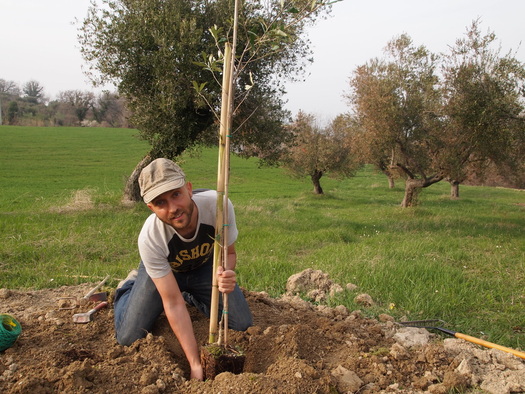
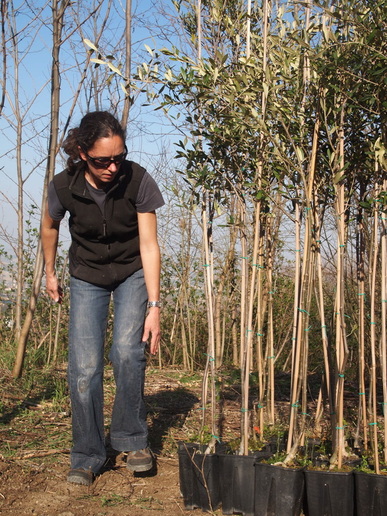
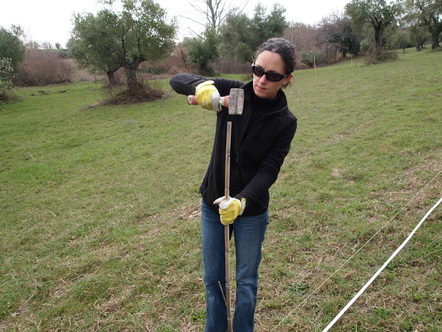
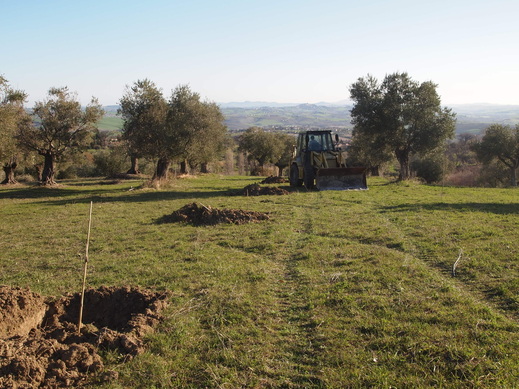
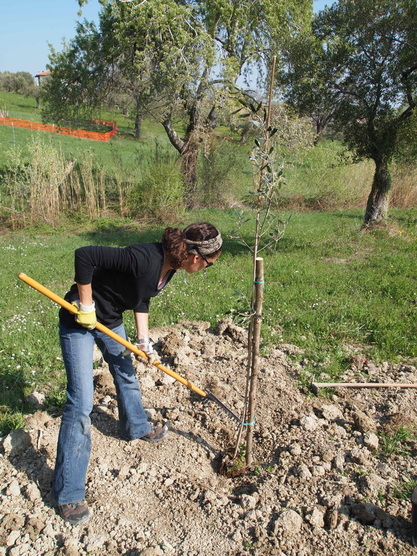
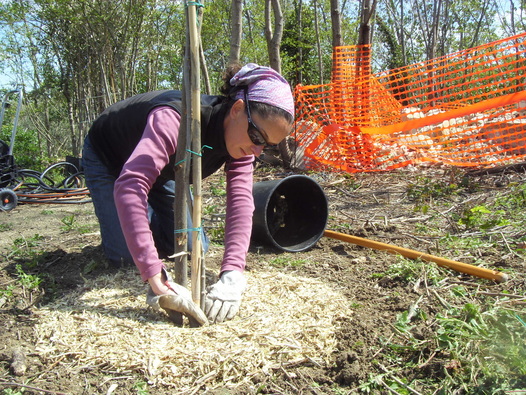
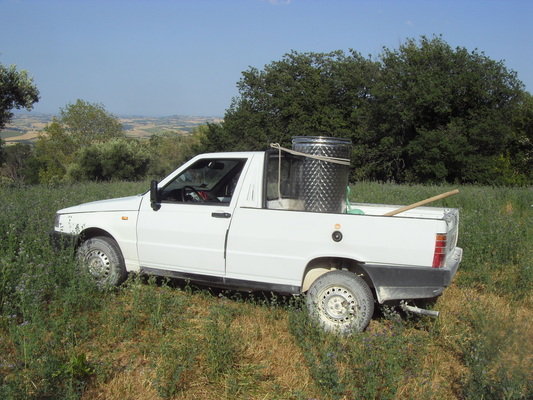
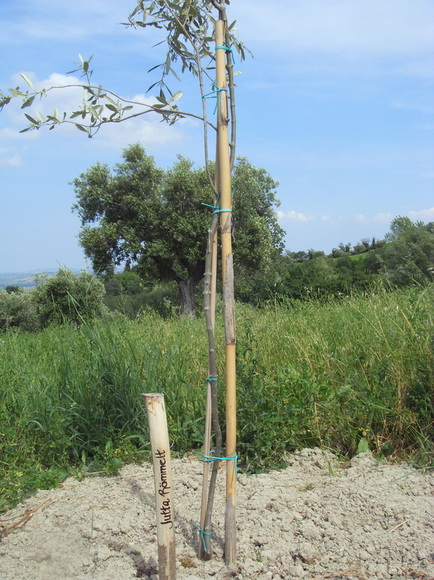
 RSS Feed
RSS Feed
